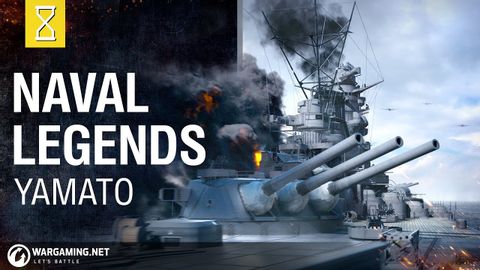
Subtitles & vocabulary
Video vocabulary
build
US /bɪld/
・
UK /bɪld/
- Noun
- Your physical shape; physique
- The process of construction.
- Transitive Verb
- To establish e.g. a reputation, over time
- To construct a house, office, factory
A1TOEIC
More giant
US /ˈdʒaɪənt/
・
UK /'dʒaɪənt/
- Countable Noun
- Tall, large, and powerful human-like creatures
- Very successful, powerful person or organization
- Adjective
- Very large, or much bigger than other things
A2
More military
US /ˈmɪlɪˌtɛri/
・
UK /'mɪlətrɪ/
- Noun
- Army or armed forces
- Adjective
- Concerning the army or navy
B1
More range
US /rendʒ/
・
UK /reɪndʒ/
- Noun (Countable/Uncountable)
- Cooking stove with multiple burners
- Given distance from a point; how far plane can fly
- Verb (Transitive/Intransitive)
- To cover an area from one point to another
- To extend to or vary within given limits
A2TOEIC
More Use Energy
Unlock All Vocabulary
Unlock pronunciation, explanations, and filters
